Fujifilm GFX50s – First Impressions
This is not a fully fledged review. If you are after a comprehensive analysis by someone who has spent weeks with the GFX you will be bitterly disappointed. What you will find here are honest first impressions by a not-so-very-technical guy who makes a living with photography. Chances are that I got some things wrong in the little time that I had with the camera. I will trust you take my musings with a grain of salt.
In the spirit of full disclosure you should also know that I am a Fujifilm X-Photographer. The Fujifilm NZ team was so kind to provide me with a sample GFX and assorted lenses for some personal testing. Why they trusted me with kit equivalent to the value of a mid-range car is beyond me, but hey, you know the one about gift horses!
Introduction
My attitude towards cameras has always been quite pragmatic. They are a tool that I use to capture data. Some cameras make my job easier than others, but at the end of the day I have never been overly interested in gear. I will do my research when I need a new tool. But when it comes to quasi-religious discussions about this or that lens, or when people want to draw me into their holy war about one brand or another, I’ll generally just smile, nod and think happy thoughts.
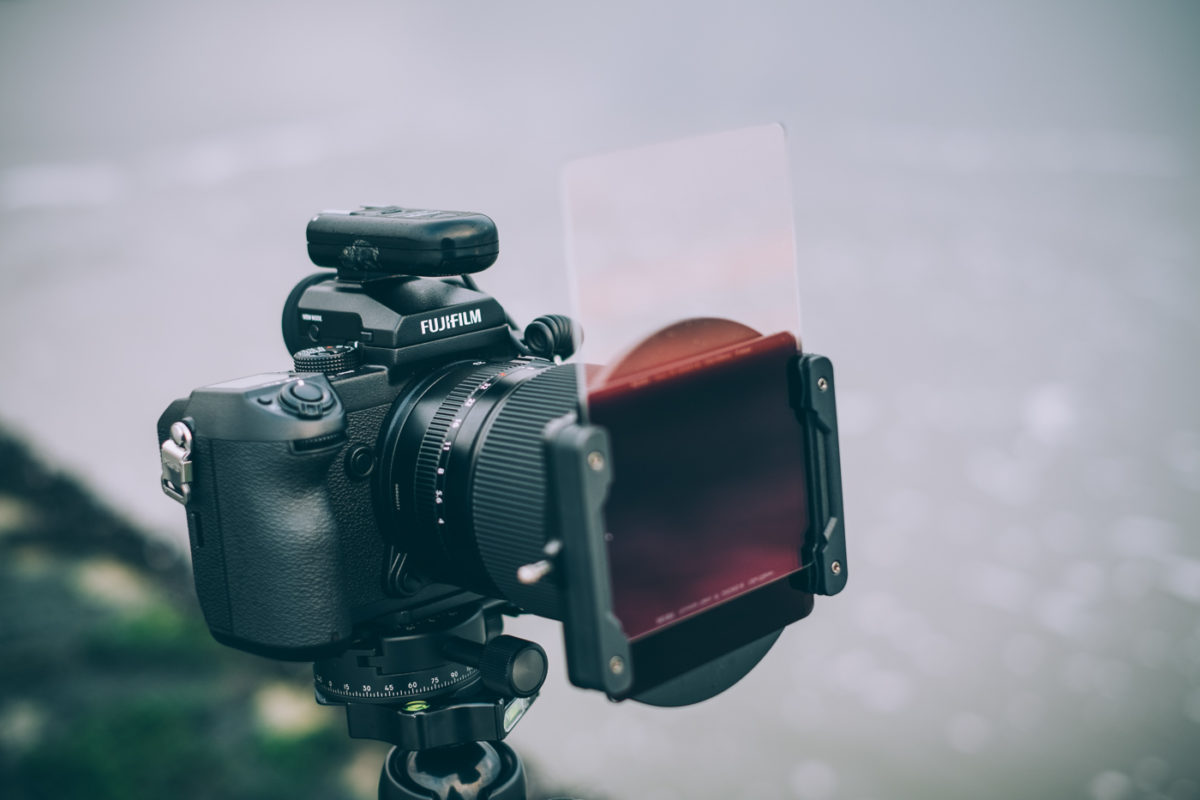
When Fujifilm offered me to test their brand-new medium-format flagship camera I got a little excited anyway. A few years ago when I started my photography business I was already on the Fujifilm bandwagon. At the time I was transitioning from an X-E1 to an X-T1, and faced that conundrum that all photographers come to face eventually: I was heavily invested in lenses. Everyone was telling me that the X-System was insufficient for professional needs, and that I should swap it for a Canon or Nikon DSLR as soon as possible.
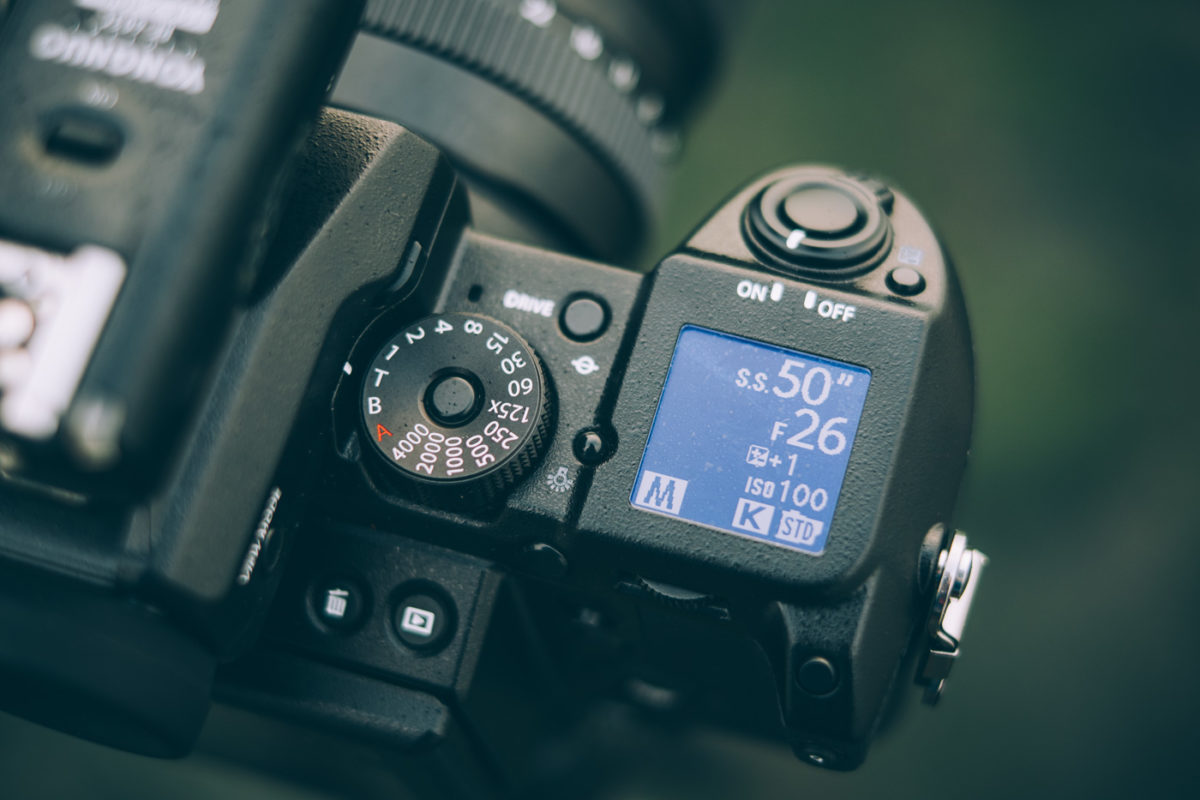
My ‘problem’ was that I really liked the compact size and weight of the X-System, along with the affordability and most of all the workflow. I loved the electronic viewfinder with exposure preview, live histograms, and all the other little gimmicks that made my job a little easier compared to working with a DSLR. I could not find any fault in the image quality either. Fujifilm X shortcomings like slow autofocus played no role in the areas of photography that I engaged in. Over the last few years I have happily shot architectural, commercial, editorial, product and landscape work with what many, maybe unfairly, consider to be an enthusiast amateur camera. Fujifilm have constantly refined existing models through firmware updates that other brands would rather sell alongside new hardware. Thanks to this policy of constant improvement, autofocus issues are mostly a thing of the past.
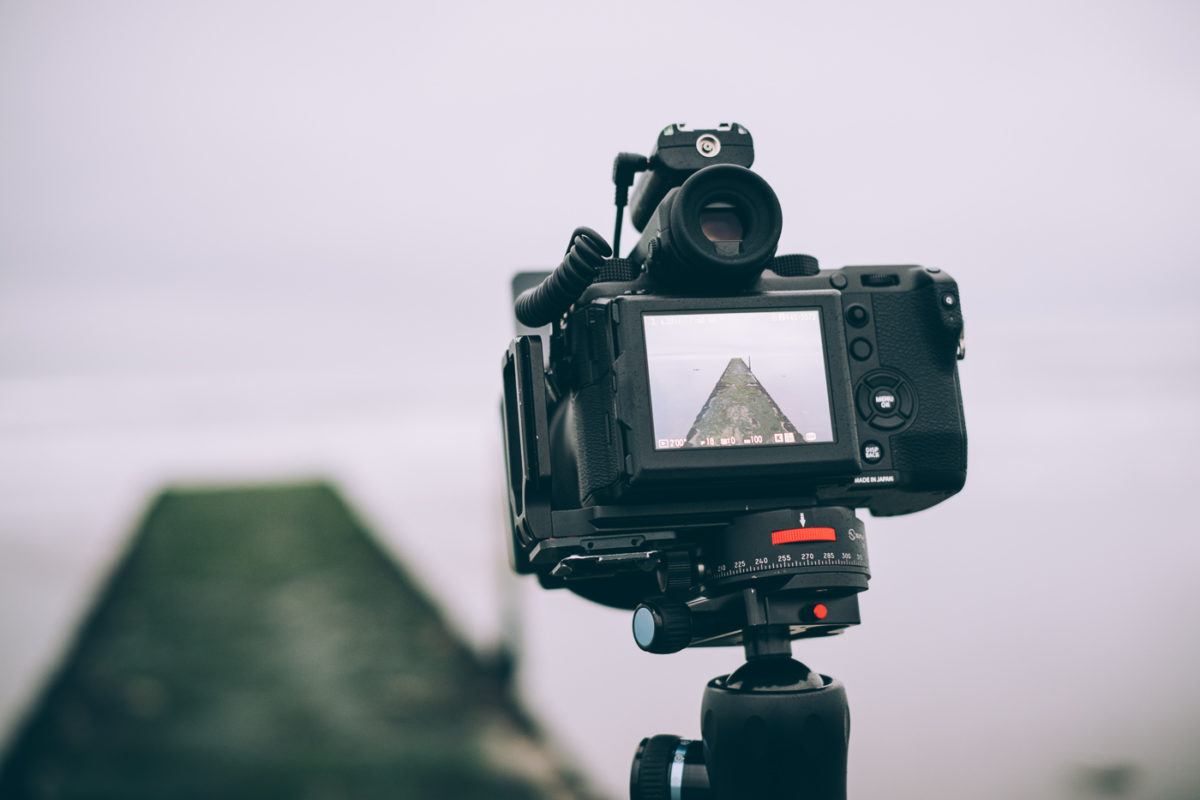
My only encounter with a medium-format camera so far was a recent-model 50MP Hasselblad. I got to play with it as part of a product presentation. The dislike was immediate. It was literally the size of two bricks. Call me names, but the idiosyncratic focus system just seemed weird in this day and age. Coming from the flexibility in focus points provided by mirrorless systems, the gyroscopic focus/recompose system with a single point the Hassy relied on seemed archaic at best. While the resolution, signal-to-noise ratio, dynamic range and general IQ of a digital-back Hassy looked good on paper, the form factor, workflow and price tag seemed way out line with my requirements. I’m sure they are great tools for more masterful photographers than poor old me, but Vogue cover shoots and international campaigns for Saatchi & Saatchi are not part of my regular diet.
Landscapes
Then, one fine day, a hard-case with the GFX and five lenses arrived. The first thing that I noticed right out of the box was how familiar it felt. It seemed like an X-T2 on steroids that had a few of its buttons in different places. I decided to entirely ignore the manual and just headed out to shoot.
It took me about five minutes to notice the first positives. I generally shoot RAW only, and was delighted to see that the embedded JPEGs are much larger than with my X-T2. This allows better judgement of critical focus without having to tether to a laptop.
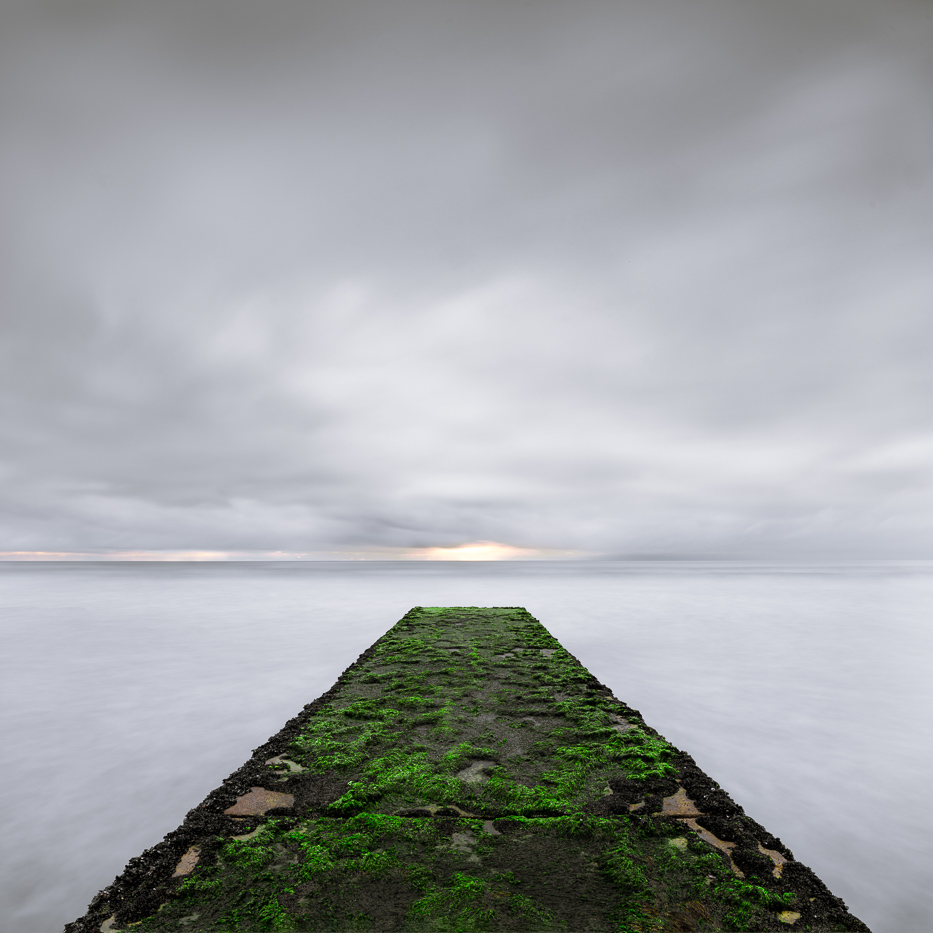
Another small workflow improvement is the addition of live clipping preview. It was always beyond me how Fujifilm had not implemented this feature in their other cameras. It is such a neat way of judging highlight clipping when there is no time to eyeball the live histogram. It would be great to know if the preview is based on RAW data, or on a live preview with image adjustments.
As I was balancing on a slippery pier with cold hands, the difference in system size became obvious. While the GFX is closer in size to a pro-DSLR than to a digital-back medium format system, it is a beast compared to an X-T2. That gain in size comes with its upsides and downsides. I could fit far less gear into my camera pack, and the extra weight required a firmer grip while changing lenses. I appreciated the ergonomic grip and overall substance when shooting certain subject matters that require a tripod and a slow approach. I would certainly not want to lug a camera this size around at an all-day wedding. Not that the GFX was designed for event-style gunslinger work in the first place.
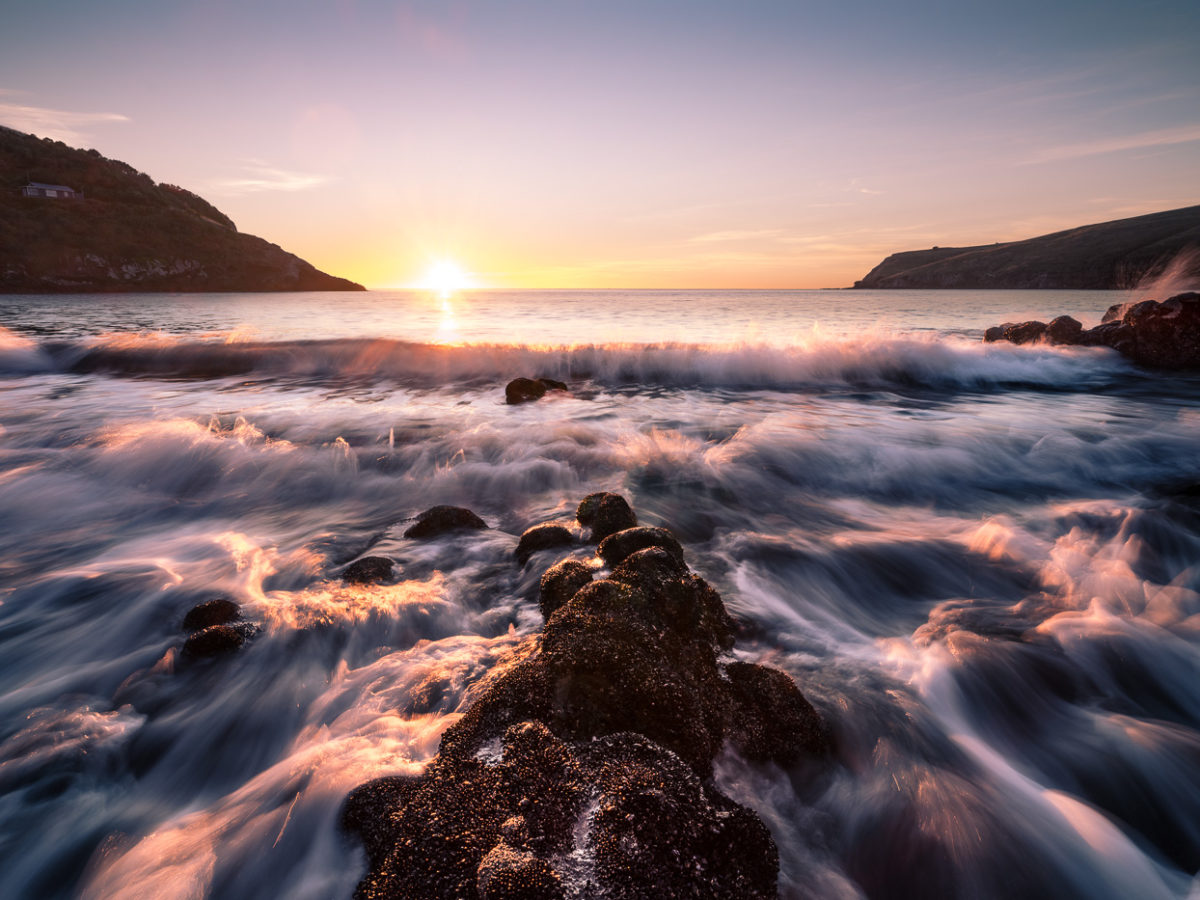
Another feature that I greatly appreciated was the ability to lock the aperture ring in C mode, thus moving aperture control to one of the two scroll-wheels. I believe the ability to control aperture and shutter speed from the two wheels has since been added to the X-T2 (lens in A mode), but the lenses obviously still lack this hardware tweak. Let’s hope future X glass inherits this feature. Lockable aperture rings are great, because sometimes I wish I got paid a dollar every time the lose aperture rings on most of my XF lenses get knocked out of position.
What I found surprising was the degree of lens flare exhibited by my pre-production GF23. Shooting directly into the rising sun produced a wild repeating pattern of circular blobs that went beyond the worst flare I have ever noticed with my X glass. I find it hard to believe that Fujifilm has such a bad grasp on flare on such a high-end lens. Let’s hope that final production lenses will receive a better nano coating made of unicorn tears or some such.
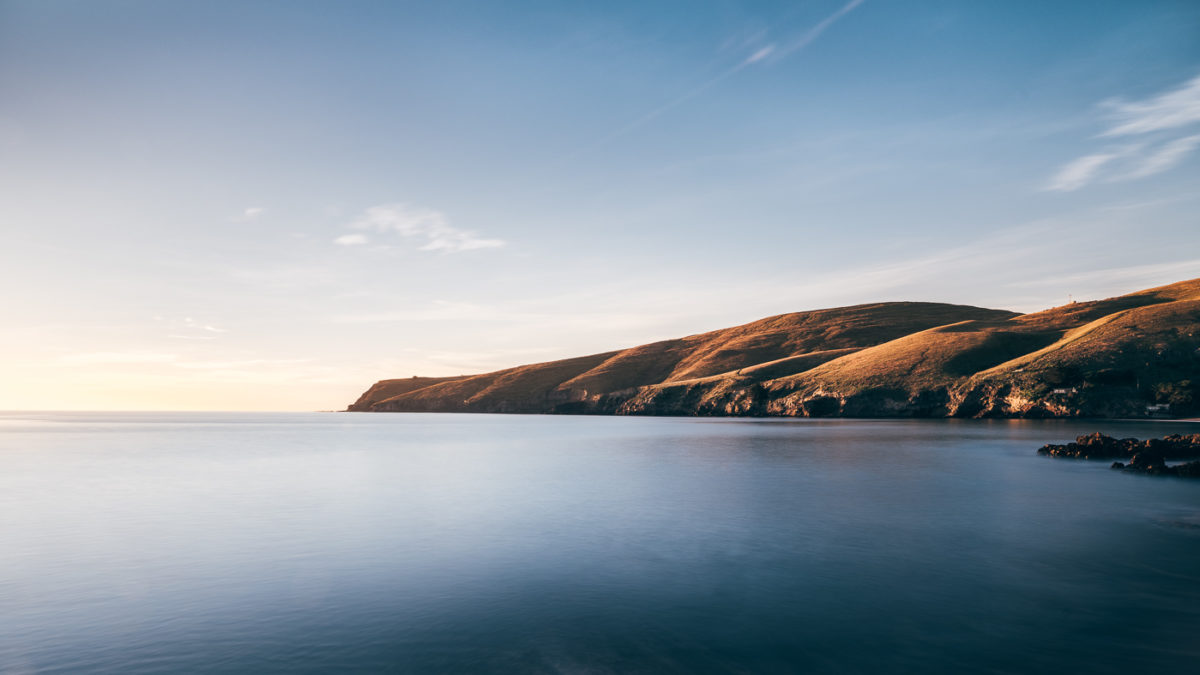
Shooting landscapes with the GFX offered few surprises. The camera is big and heavy compared to an X-T2, and comes with a few firmware improvements that will hopefully be inherited by the X series. Everyone who has ever used and X-T1 or X-T2 will immediately feel at home with the GFX.
Editing
The reason why anyone would choose to carry around a heavier camera and a much lighter wallet is in the files produced by the GFX. My first concern was for the performance of my computer, or rather the utter lack thereof. It is a four year old middle-of-the-line Windows system that is not exactly snappy when editing 24 megapixel X-T2 files.
After loading the RAW files on disk, the import process into Lightroom was a little slower than what I am used to. The big surprise came when I started editing files. While a little slower, the overall performance hit when editing GFX RAW files was not as bad as expected.
Lightroom support for the X-system’s X-Trans files has always been less than ideal. Compared to standard bayer array sensors, performance is sluggish, with visible artefacts in certain types of textures (the notorious watercolour effect). The GFX, on the other hand, uses a sensor with a standard colour filter array as found in most DSLRs. It seems that the boost in performance compared to an X-Trans RAW file more or less negates the slower performance of having to crunch twice the number of pixels. Not having to upgrade computer hardware for a new camera is definitely a pro in my book.
And the fun only starts there. The ability to recover shadows is nothing short of nuts. I pushed the darks in some deliberately underexposed files by 5 stops, while hardly introducing any noise. With my X-T2 I am limited to two stops before things get ugly. Users of the Sony A7RII or high-end Nikon DSLRs are probably used to this kind of dynamic range and shadow recoverability, but to me it seemed like nothing short of a miracle.
The shots that I took with the GF32-64 and a pre-production GF23 where amazingly sharp all the way into the corners. Even at f22 where you would expect a degree of refraction to kick in. I do overly care about corner sharpness in landscape or portrait photography, but in architecture I certainly appreciate it.
Speaking of landscapes and architecture: Depth of field can be a bit of a challenge, especially when compared to a crop sensor. Having to shoot at a much slower aperture to achieve more depth of field did not cause any issues with sharpness as much as with exposure. With a lower base ISO compared to my X-T2, and 2-3 stops less light due to smaller apertures to achieve comparable depth of field, I had to expose a lot longer than what I was used to. With still-life photography that is not an issue in most situations, but it can become one when moving subjects are introduced. Where certain shutter speeds are required to freeze or blur motion to a particular degree (close-up moving water or blurred people in architecture as in the image below), ISO might have to be pushed a little. This is something I normally avoid at any cost, but the ISO performance of the GFX’s sensor is supposed to be as phenomenal as its dynamic range. I did not test this for myself, though.
Architecture
Amongst other things, Fujifilm advertises the GFX as an architectural camera. As of now there is no word of a tilt/shift lens. The X-system suffers the same hole in its line-up of lenses. The argument has always been that the X-system is not popular enough with architectural or landscape photographers to warrant the substantial R&D cost along with necessarily small production runs of a niche lens.
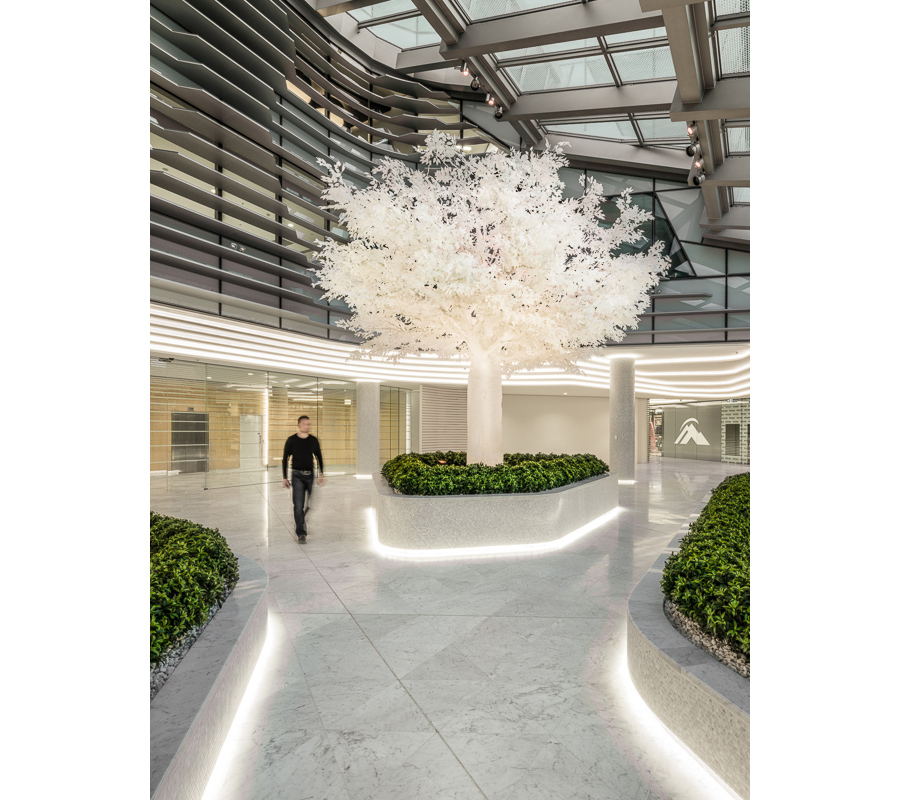
Since the GFX is marketed as an architectural camera there is really no excuse to not develop native glass with T/S ability. Fujifilm should just slap on a higher price tag, since slightly higher cost certainly does not matter in the regions that we are moving into with the GFX.
There are options to adapt view cameras (Novoflex, Cambo) or the Canon mount adapter by Cambo (with aperture control) that allows the adaption of Canon’s excellent 17mm and 24mm TSE lenses. Unfortunately a view camera might be a bit too unwieldy for one-man field work, while adapted Canon tilt/shift lenses will have limited shift ability due to the larger sensor compared to a 35mm full-frame camera.
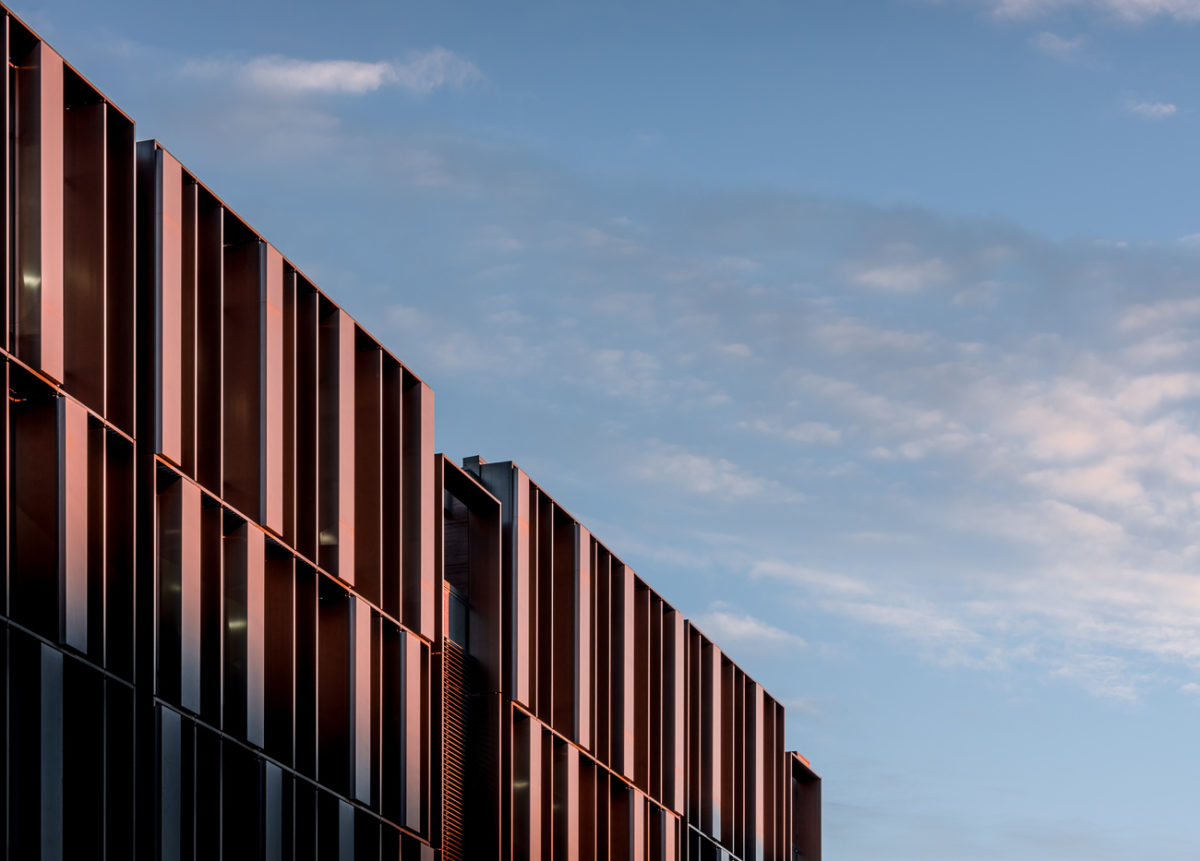
Until Fujifilm blesses us with a dedicated solution we will just have to keep shooting a bit wider and correct our verticals in software. It is not an ideal approach, but it works well enough if you can stomach the resulting loss in resolution.
On my last architectural test with the GFX I ran into really annoying firmware issues. The camera would freeze when coming out of image playback or not be able to acquire focus. At the same time half the icons in the viewfinder would disappear. I had to half-press the shutter or turn the camera off to make this issue go away for the next one or two frames. In this state the camera was not able to switch between LCD and EVF either. I checked back with Fujifilm if I had messed up my settings somehow, but they did not have an explanation either.
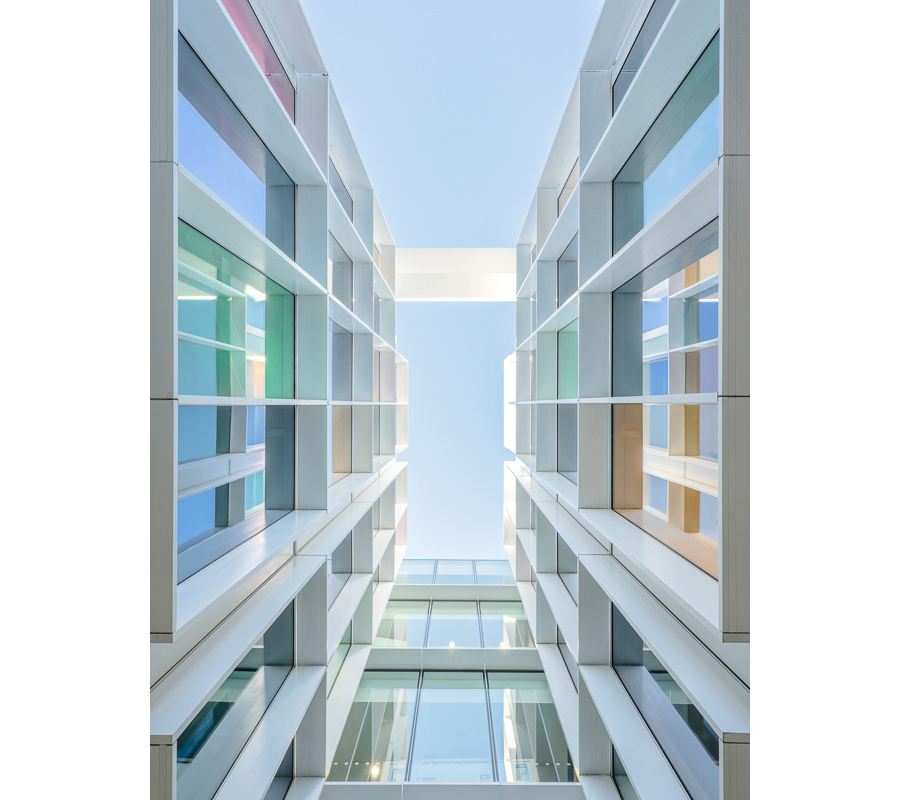
Whether this has to be blamed on pre-production hardware or my off-brand remote is impossible to say at this point. If the past is anything to go by, I’m sure they will eradicate these early-day bugs in future firmware versions.
Aspect Ratio
The GFX’s 44x33mm sensor comes with a slightly different aspect ratio than full-frame or 1.5x crop cameras. Where the look of an 3:2 aspect ratio format camera could be described as slightly more cinematic, the GFX with its 4:3 aspect ratio gains a little real estate on the shorter axis.
I quite enjoyed the extra space in portrait orientation shots. I’ve always been a sucker for verticals, and the extra width worked very well for me. The jury is still out for landscape format shots. I really disliked the format for my first few landscapes, but the slightly different ratio is growing on me.
While there is always an option to crop images to whatever you want them to be, I prefer filling my frame as much as I can. The pixels are there, why not use them? In instances where the ratio just does not work for the subject matter or the target media, you can just crop to your heart’s content. No matter how much I cropped my shots, I always ended up with a way higher resolution than my X-T2 delivers natively. After all, we have 50 Megapixel to play with. That should be plenty even for the messiest framing disasters.
Blame my lack of imagination, but what I would love to see are additional grid overlays when shooting native 4:3. Rather than changing the camera into a crop mode, an additional two-thirds grid overlay with an aspect ration of 3:2 would make it easier to visualise what the cropped result will look like.
Portraiture
I do not shoot portraits very often. Due to a lack of foresight and scheduling issues I ended up without a subject. So I decided to test the face-recognition feature and take a few selfies.
Recent firmware versions for the X-T2 upgraded face and eye recognition to a point of reliability that was impressive. Face recognition on the GFX, on the other hand, was like a time-warp back to Fujifilm’s earliest attempts. Light conditions in my studio were fairly low, but not low enough to justify the complete randomness in achieving lock-on. The failure rate in my test was in the region of 80%. In all fairness I have to admit that face recognition on a medium format camera is probably more of a gimmick than a serious feature used in the real world. I’m sure the GFX will perform well enough with a competent driver behind the wheel.

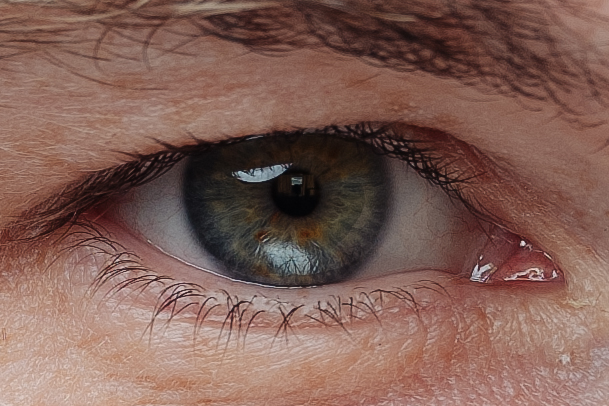
The images that ended up in focus were amazing. The GFX produced the most beautiful files I have ever shot in portraiture. I had the camera tethered to Lightroom, where I could admire beautiful colour, great tonality, and a scary level of detail. I could literally zoom into every eyelash and then some more. The studio scenario was probably where the GFX beat the X-T2 by the biggest margin.
Since the sample GF110 f2 lens had to fly back home to Japan ahead of its siblings, I ended up using the GF120 in its stead. Shooting the lens wide open at f4 produced wonderful results that made me drool a little. I can see why studio photographers fall for the medium format look.
Conclusion
After a few days of taking the GFX out in the field I finally had to send it back home to its people. A final verdict would require a lot more testing than I was able to do, but my first impression was mostly positive. Like with most new products the pain of identifying software issues lies with early adopters. Fujifilm has a reputation for addressing firmware issues quickly, while at the same time adding new features to keep the community happy. I have no reason to believe the GFX’s teething pains will be any different.
Letting the GFX go was not easy because there is so much to love about it. It takes the already great image quality of Fujifilm X cameras to new heights. Photographers with a Fujifilm X background will be able to continue shooting like they always have. At the same time there are many new tweaks and improvements that make using this camera so much more enjoyable.
Photographers who capture subject matters that require a slow, tripod-driven approach will not mind the extra heft of the GFX. At times I found it quite reassuring.
While the GFX is on the affordable end of the spectrum for a medium format system, it will still put a noticable dent into your bank account. Anyone fancy a pre-loved kidney with low mileage?

